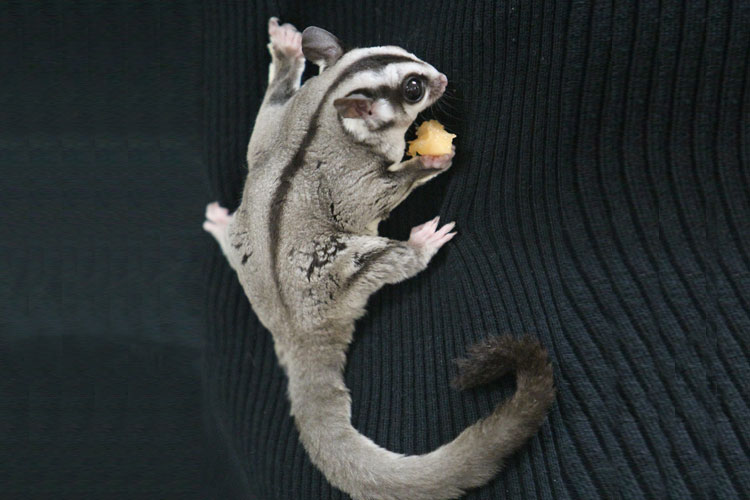How to Bond with Pet Sugar Glider: 7 Useful Tips
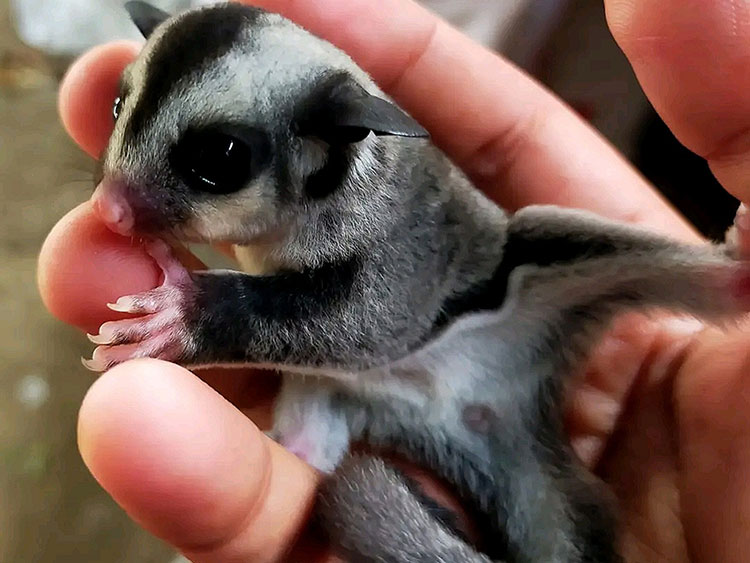
First-time pet sugar glider owners are likely eagerly anticipating the day they get to bring their new sugar glider home. After extensive research and purchasing the necessary supplies, it’s finally time to bond with your sugar glider. However, the bonding process may not be as immediate as you hoped for, as your pet sugar glider will require some time to settle down in their new environment.
Understanding the Bonding Process with Sugar Gliders
Bonding with a sugar glider involves creating a close relationship with the animal, which allows them to transition from their natural “wild” state to a more tamed and affectionate demeanour. However, despite their tamed nature, pet sugar gliders will still exhibit their inherent wild behavior.
As marsupials, sugar gliders require bonding from birth, beginning with nesting inside their mother’s pouch for several weeks.
Even as adults, sugar gliders still need to form a strong bond with their primary caregiver, who takes over the role of their mother. Building this bond requires a considerable amount of time, effort, and varies with each sugar glider’s temperament. Nevertheless, the satisfaction of having your pet sugar glider approach and enjoy your company without fear is well worth the effort.
Why Bonding with Your Pet Sugar Glider is Important
It is important to establish a strong bond with your pet sugar glider. It helps your pet sugar glider to thrive in its new surroundings and makes it easier for you to care for them, from feeding to transporting them to the veterinarian. Without a close bond, even simple activities may become challenging and awkward for both you and your pet sugar glider.
So what steps can you take to help with the bonding process? Here are seven useful tips that can help you quickly win your pet sugar glider’s affection.
1. Give Your Pet Sugar Glider Time to Adjust
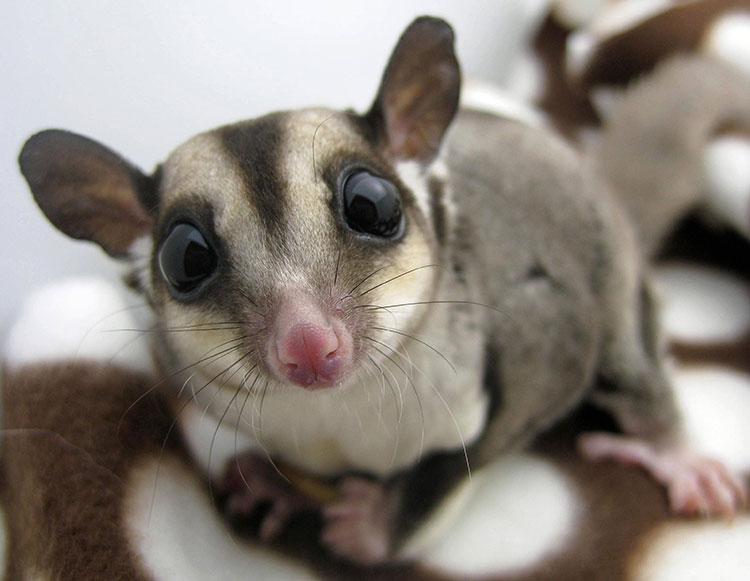
It can be exciting to bring home your new pet sugar glider, but make sure you remember that they need time to adjust to their new surroundings. While sugar gliders may appear cute and cuddly, it’s best to resist the urge to handle or cuddle immediately as it can be stressful for them.
Sugar gliders have a hard time adjusting to new environments. They are unsure of their new surroundings and may find it challenging to adapt to the unfamiliar sights and smells. It’s important to allow your pet sugar glider some time to settle down.
To help your pet sugar glider adjust to their new home, avoid over stimulating or handling them for the first two days after their arrival. This will help your pet sugar glider feel safe and secure in their new environment, and they will be more likely to bond with you later.
2. Take it Slow When Introducing Your Pet Sugar Glider
Bonding with your pet sugar glider is a process that requires patience and attention. Every sugar glider has a unique personality and temperament, which can have an impact on how quickly they adapt to their new surroundings and warm up to you.
It’s important to observe and understand your pet sugar glider’s behaviour and body language during the bonding process. If your pet sugar glider seems hesitant or uncomfortable, it’s important to respect their boundaries and give them space. Your pet sugar glider might get scared and emit a loud sound called “crabbing” whenever you approach its cage during this phase. Still, don’t give up on offering them attention and care during this time.
Remember that the first few weeks of bonding with your pet sugar glider are crucial and require a slow and steady approach. Don’t rush things and just let your pet sugar glider set the pace.
3. Familiarise Your Pet Sugar Glider with Your Presence
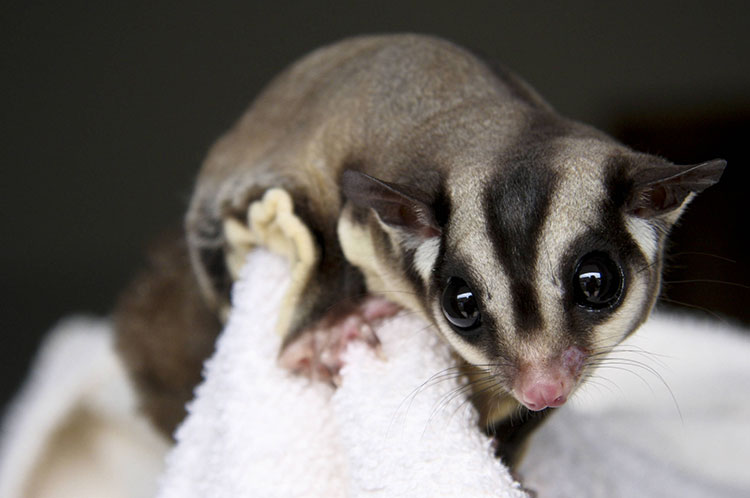
Once your pet sugar glider stops crabbing at the sight of you, it’s time to move on to the next step of getting them used to your presence and smell.
You can accomplish this by providing your pet sugar glider with a piece of clothing which you have worn overnight or placing on top of the cage, where the sleeping pouch is located. Another option is to put a cloth with your scent into their sleeping box.
However, avoid trying to pet them at this stage as they may start crabbing again if you approach the cage too closely during the first few days.
4. Reward Your Pet Sugar Glider with Treats
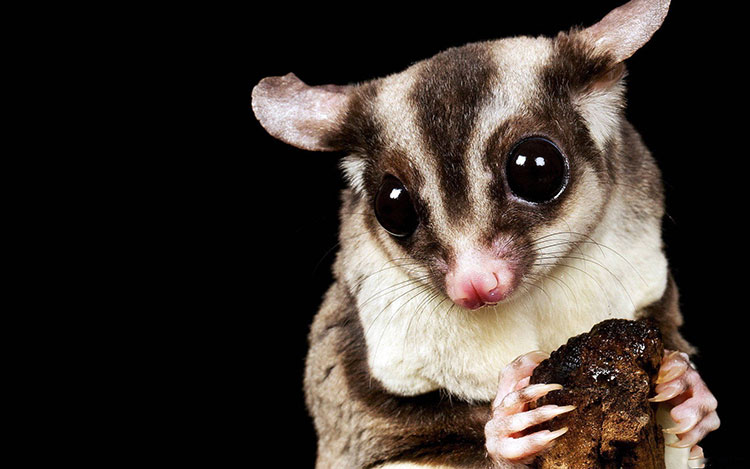
To help your pet sugar glider associate your presence with positive experiences, try offering them treats like fruits, yoghurt or honey on your hand or placing a treat inside their cage. While your pet sugar glider may not initially approach or take the treat, they will learn that your presence is associated with good things.
Remember to be gentle and give your pet sugar glider plenty of space. It is normal for your pet sugar glider to start crabbing and hiding when you approach, but with patience and persistence, their sociability will increase, and you can reward their good behaviour with treats.
If your pet sugar glider bites you, avoid punishing them, as this can delay the bonding process. Instead, use a gentle hiss or blow of air. With time and patience, feeding your glider treats should become easier and less likely to elicit antisocial behavior.
5. Spend Time with Your Pet Sugar Glider
Consider spending time with your pet sugar glider in the same room to help them become more comfortable, even without making physical contact. This will allow your pet sugar glider to get used to the normal noises and activity in your household.
When selecting a room for your pet sugar glider, it’s important to keep them in a room where they won’t be overwhelmed by too much activity, but where they can still see you regularly. This balance can help reduce your pet sugar glider’s stress levels while keeping them engaged with their surroundings.
Avoid leaving your pet sugar glider alone in a room without any interaction as they may become withdrawn even after a few weeks have passed.
6. Bond with Your Pet Sugar Glider in a Small Space
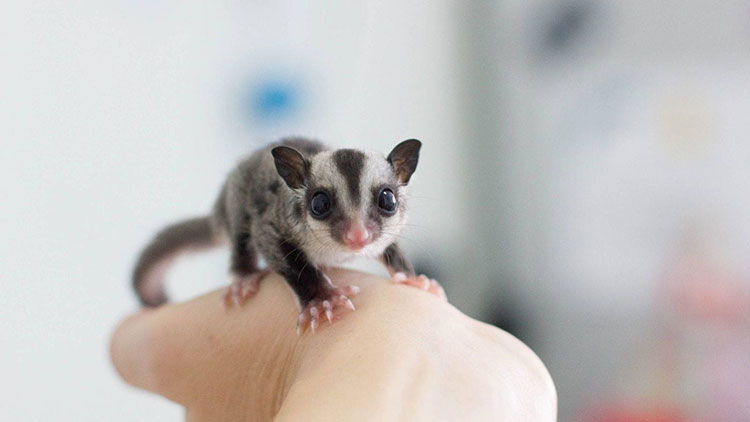
Your pet sugar glider will start to trust you and bond with you when they understand that you are their caregiver. Establishing a strong bond with your pet sugar glider requires spending time with them outside their cage. However, it’s important to approach this process with patience and gentleness.
When taking your pet sugar glider out of the cage for the first time, avoid grabbing or squeezing them, as it may cause them to feel threatened and delay the bonding process. Instead, offer your hand for them to walk on and give them time to adjust. Be patient, calm, and persistent during the bonding process.
Spend time with your sugar glider in a secure, small space like a tent, closet, or bathroom. Sit on the floor and let your pet sugar glider come to you at their own pace. Use treats to reward their interactions with you. As they get comfortable being outside of their cage, they will want to spend time with you and seek rewards.
Gradually increase the amount of time your pet sugar glider spends outside the cage by a few minutes each day. Try to set up a routine for bonding and feeding around the same time each day to create a sense of familiarity and comfort for your pet sugar glider.
Remember, sugar gliders are creatures of habit and your gentle persistence will help them feel more comfortable and bond with you more easily.
7. Use Pet Sugar Glider Bonding Pouches
To establish a strong bond with your pet sugar glider, it’s important to create a sense of security and comfort similar to what they experienced in their mother’s pouch. One effective way to do this is by using a bonding pouch.
Simply place the bonding pouch on your lap or chest and allow your pet sugar glider to get accustomed to your presence and voice. As your pet sugar glider feels secure in the bonding pouch, they might make popping sounds, which indicates that they feel happy and safe. At this point, you can start offering treats to your pet sugar glider.
Bonding pouches are specifically designed to mimic the way a sugar glider would be carried by its mother. You can wear the bonding pouch around your neck and move and speak softly as you carry your pet sugar glider.
It may be difficult and challenging for your pet sugar glider in the first few minutes, and they may attempt to escape. Which is why most bonding pouches have a small window that allows the glider to breathe and see outside.
The next step is to see if you can slip your hand inside the bonding pouch without your pet sugar glider “crabbing” at you. Your pet sugar glider may react defensively during the initial stages, but with patience and time, they will likely become more comfortable with you. You can even hold your pet sugar glider in the palm of your hand as they sleep to further deepen the bond.
Conclusion
Building a bond with your pet sugar glider requires patience and understanding of their unique personalities. It’s important to note that each pet sugar glider will bond with you at their own pace, so don’t be discouraged if it takes longer for some than others.
Your pet sugar glider will need some time to adjust to their new surroundings at first, so spend as much time with them as possible. As your pet sugar glider become more familiar with their environment, they’ll start seeking your attention. Experiment with different sugar glider bonding techniques to see which ones work best for your pet sugar glider. With time, effort, and a gentle approach, you’ll build a strong bond with your pet sugar glider.
Download the JoJo Pets app today for exclusive news and offers at https://jojo-pets.com/
